Chameleons are fascinating creatures. And weird, in a nice way. Kids are fond of weird stuff. Here's a small, easy to understand basic chameleon facts page complete with some resources and videos (oh and cute Chameleons pics too!). So next time your little boy or girl ask "What is a Chameleon?" you'll know where to start.

Chameleon facts
by fanfreluche
Basic chameleons facts, videos, pictures and resources. Ideal for kids who are curious about chameleons.
Chameleon Facts and Videos
Chameleons are Old World lizards with prehensile tails. They are best known for their coloring, which is sometimes determined by changes in light or temperature, fear, aggression and defeat or victory in battle. The chameleon catches its prey, mostly insects, with its long tongue, which can shoot out extremely fast. The muscular tongue is usually curled around the tongue bone, but when the muscles contract and then relax, the tongue shoots out of the mouth under pressure and catches insects on its split tongue.
Watch a chameleon sticky tongue in action
The name 'chameleon' is given to lizards of the family Chamaeleonidae. They are small to medium sized reptiles, living mainly in Africa and the island of Madagascar.
Chameleons are noted for their changes in color; this is apparently related to environmental temperatures and other external stimuli. The ability to change color allows the animal to send signals and protect itself. When the chameleon become excited due to danger for example it turns its color on. The color change is made possible by the existence of skin cells that contain pigment granules of red, black and yellow (chromatophores). The pigments are contained in star-shaped color cells whose branches expand when the animal is stimulated. The pigments diffuse and become visible, thus creating the color change. When the cells contract, the pigments concentrate and appear as small, indefinite spots of color.
How and why do chameleons change color
Now watch a live chameleon change color right before your eyes
The chameleon has a flat-sided body with a long prehensile tail and a prehensile tongue, which can be extended to almost the length of the animal and is used to catch insects, which form the chameleon's diet. The large eyes of a chameleon can move independently of each other.
Each foot has five toes, two opposite the other three, which, along with the tail, give the animal a very efficient grip in its arboreal habitat. Most chameleons are oviparous; the female lays eggs in a hollow nest in the ground, where they are incubated by the ground heat. Depending on the available warmth, incubation may take 4 to 10 months.
My Animal and Nature Blog
Fabulous Nature's Wonders: my blog about nature and animals
Best Selling Chameleon Books For kids
 | Chameleons Are Cool: Read and Wonder A great resource for teachers!Read and Wonder books tell stories, take children on adventures, and reveal how big and WONDER-full the natural world really is. |
 | Chameleon, Chameleon This companion to award-winning RED-EYED TREE FROG gives young readers an amazing close-up view of the colorful, quirky chameleon.Experience close-up the many moods (and colors)... |
 | Smithsonian Handbooks: Reptiles and Amphibians (Smithsonian Handbooks) The most accessible recognition guides. A systematic approach, authoritative text, and clear photographs make the Smithsonian Handbook of Reptiles and Amphibians the most compre... Only $17.81 |
Chameleons Hatching
Cute!
You might also like
Swimming with Adélie PenguinsAdélie penguins might not be the most popular of the penguins, but they sure ...
Swimming With Octopuses: Octopus LocomotionAn interesting look at octopuses locomotion and their jet propulsion ability
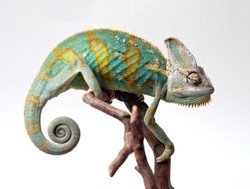

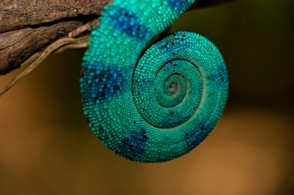
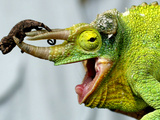
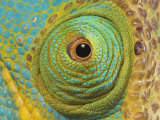
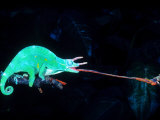

 Getting Around In Cairoon 09/08/2013
Getting Around In Cairoon 09/08/2013
 Jade Colorson 06/16/2013
Jade Colorson 06/16/2013
 Dinosaur Colouring Pages And Bookson 05/08/2013
Dinosaur Colouring Pages And Bookson 05/08/2013
 Lindt Christmas Chocolate Bearon 05/04/2013
Lindt Christmas Chocolate Bearon 05/04/2013

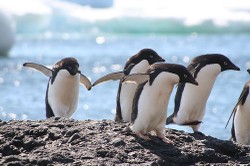
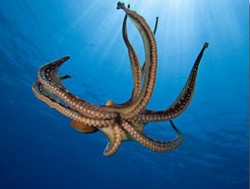
Comments
Lovely pictures and interesting facts about chameleons, I really enjoyed this page.
What fascinating creatures they are!
I have always been fascinated by these wonderful reptiles. Now I know so much more about them! Thank you!
Fascinating and have discovered somethings I didn't know! Thanks Nathalie :-)